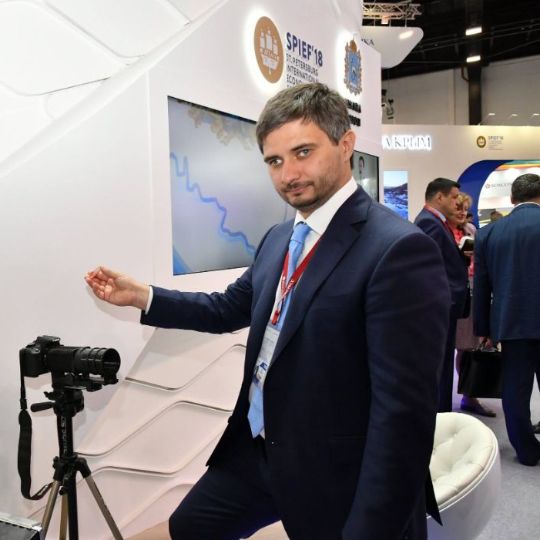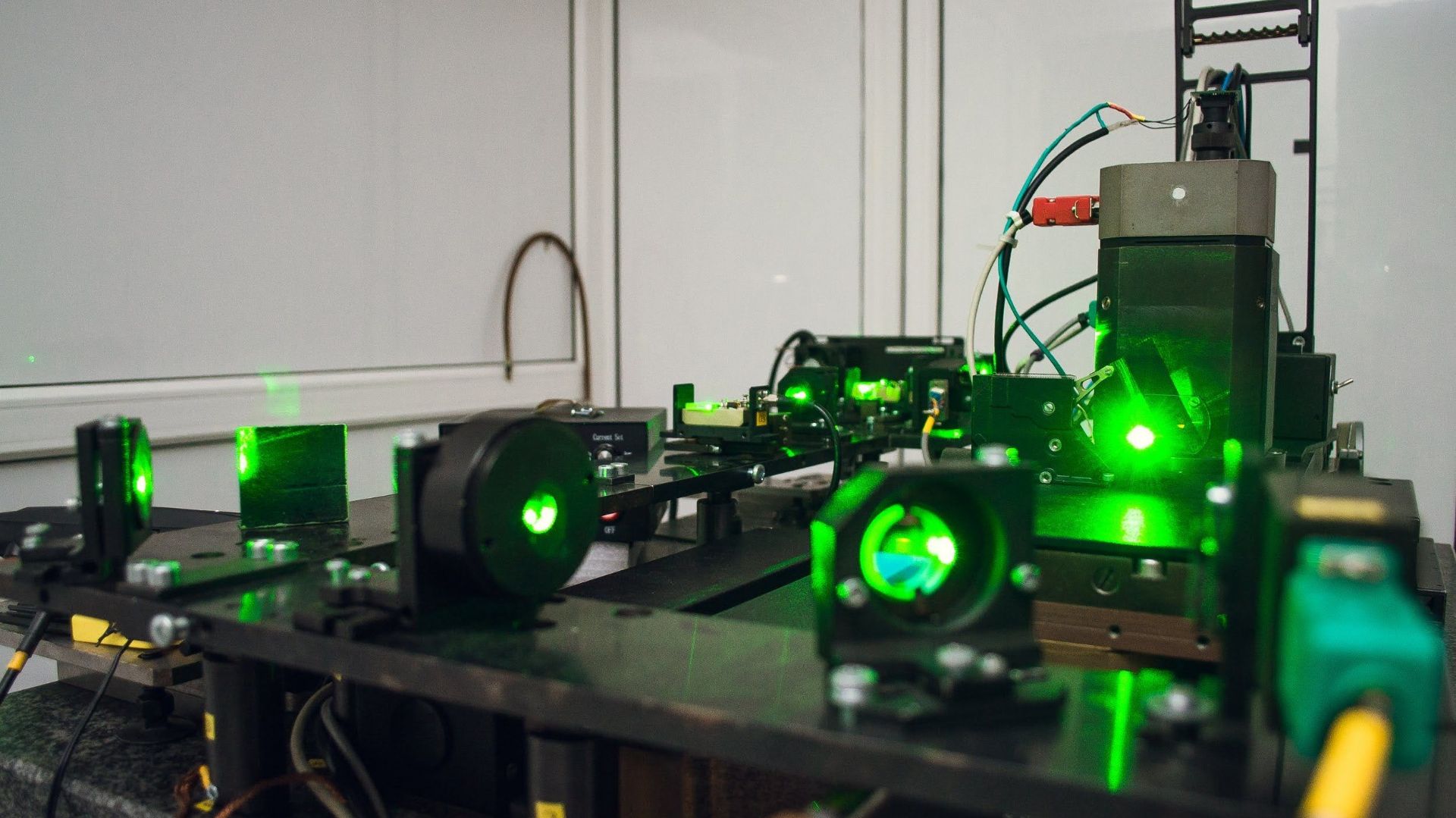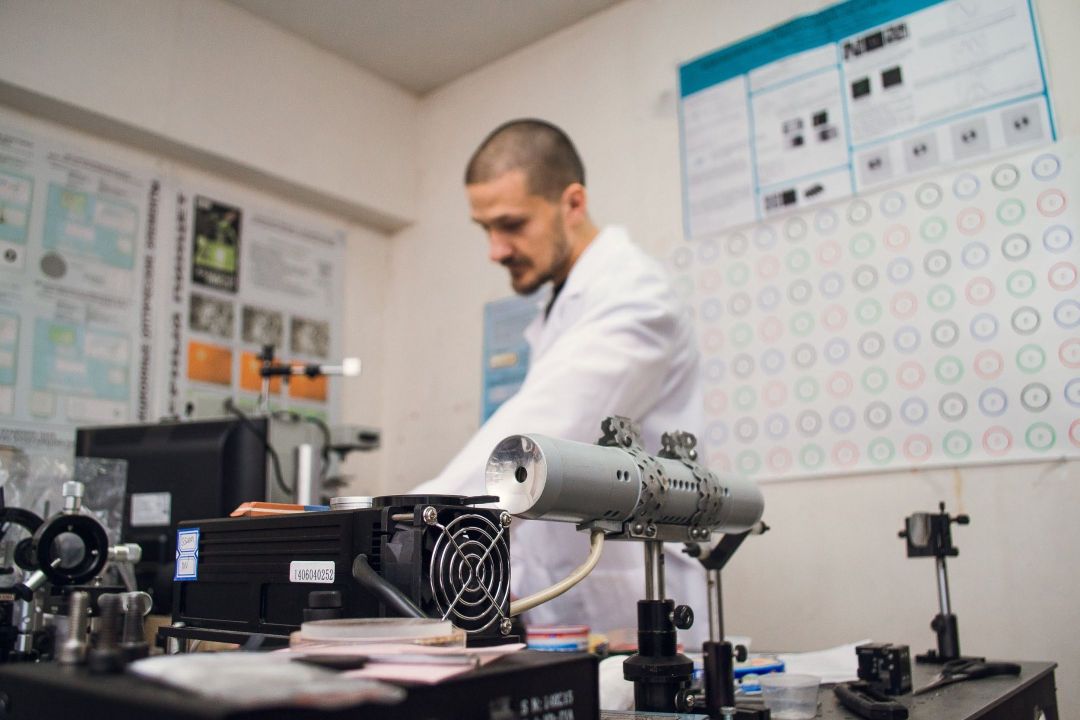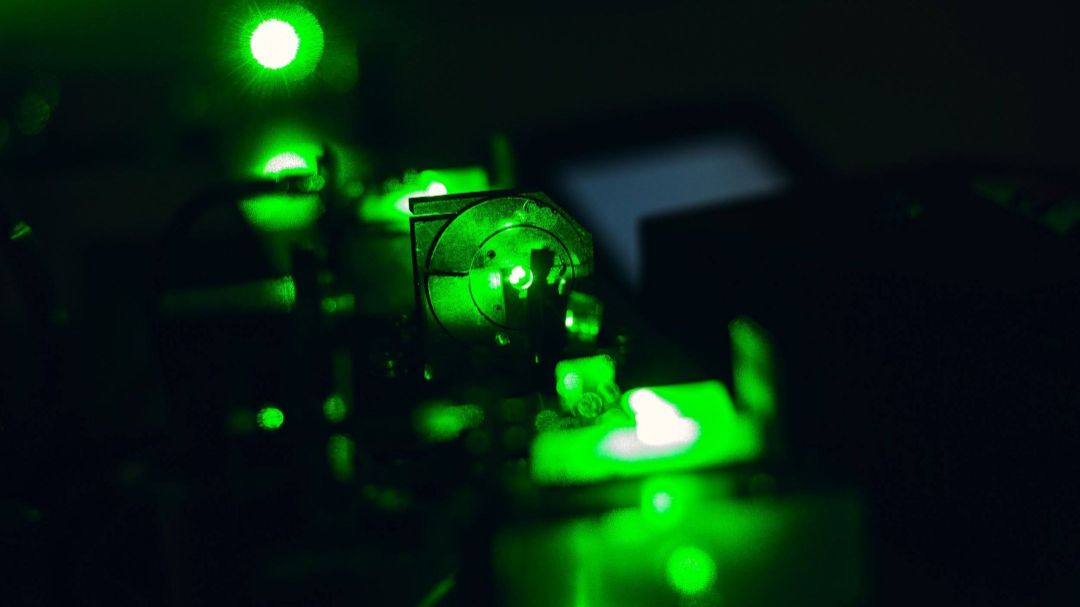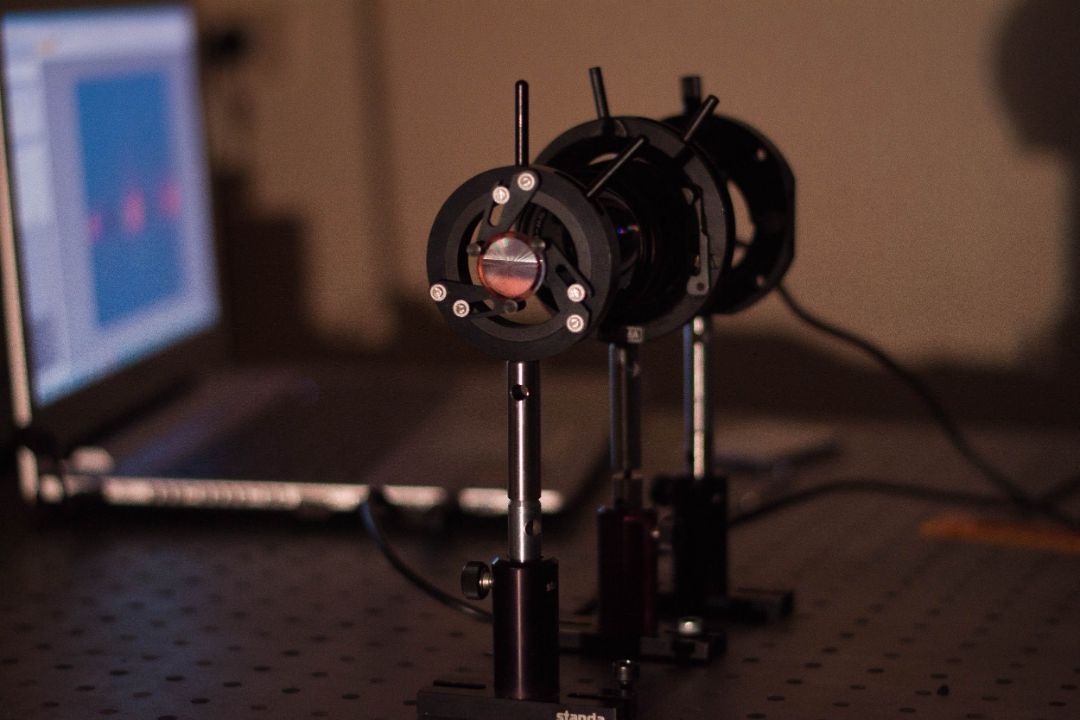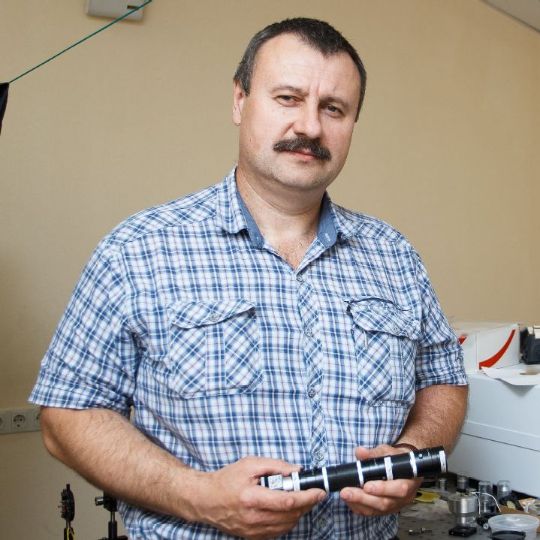Artem Nikonorov
Artem Nikonorov is a Doctor of Technical Sciences, a professor at Supercomputers and General Informatics Department, a leading researcher of a research and education center for Computer Research, Samara University, the head of an Intelligent Video Data Analysis Laboratory, Image Processing Systems Institute, the Russian Academy of Sciences. He graduated from Faculty of Informatics, Samara State Aerospace University (currently Samara National Research University). His main research interests are artificial intelligence and deep learning in industrial applications, machine vision, high performance computing. He is a winner of the New Space All-Russian competition of young scientist laboratories of new space technology (2016), a holder of the Russian Federation President’s grant (2017), a laureate of the Provincial Prize in Science and Technology (2018). Artem Nikonorov is also a Member of the Institute of Electrical and Electronics Engineers (IEEE) and the International Association for Pattern Recognition (IAPR).
- Scopus | WoS | RSCI | Google Scholar
- e-mail: artniko@gmail.com
